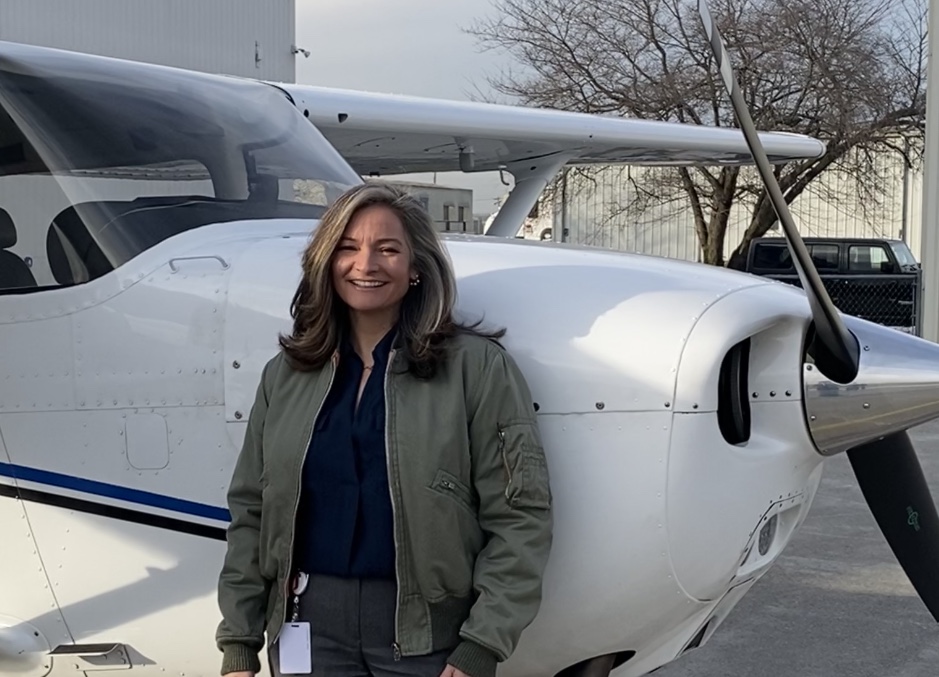How does the FAA define night?
14 CFR § 1.1 defines “night” as “the time between the end of evening civil twilight and the beginning of morning civil twilight, as published in the Air Almanac, converted to local time.”
What is sunset?
FAA’s Aeronautical Information Manual (AIM) provides the following information:
Sunrise and sunset “refer to the times when the upper edge of the disk of the Sun is on the horizon, considered unobstructed relative to the location of interest. Atmospheric conditions are assumed to be average, and the location is in a level region on the Earth’s surface.”
Stages of twilight are based on solar angle, and civil twilight “is defined to begin in the morning, and to end in the evening when the center of the Sun is geometrically 6 degrees below the horizon. This is the limit at which twilight illumination is sufficient, under good weather conditions, for terrestrial objects to be clearly distinguished.”
United States Naval Observatory explains the various twilight phases and provides the sunrise, sunset, and the beginning and end of civil twilight here: https://aa.usno.navy.mil. The AIM offers detailed guidance on how to use the “complete sun and moon data for one day” interactive portal. Also, sunrise, sunset, and civil twilight times may be obtained from the Air Almanac, purchased from the US Government Printing Office or viewed for free at the nearest Federal Depository Library Program.
With these definitions in mind, what are some applicable FARs?
To reduce the likelihood of pilot deviations concerning night operations, it is advisable to learn as much as possible about your operation, necessary qualifications, currency, and relevant Federal Aviation Regulations. You should also be familiar with the guidance such as the Aeronautical Information Manual and Pilot’s Handbook of Aeronautical Knowledge. AOPA recommends that pilots contact the Legal Services Plan and read up on Mitigating Deviations if there is a concern about possible regulatory noncompliance associated with night operations.
For pilot certificate holders:
14 CFR § 61.101(e)(6) provides that if you hold a recreational pilot certificate, you may not act as PIC of an aircraft between sunset and sunrise.
14 CFR § 61.315(c)(5) provides that if you hold a sport pilot certificate, you may not act as PIC of a light-sport aircraft at night.
14 CFR § 61.51(a) requires each person to document and record training and aeronautical experience used to meet the requirements for a certificate, rating, flight review, and recent flight experience. When making logbook entries, 14 CFR 61.51(b)(3)(ii) provides that conditions of the flight, such as day or night, must be entered. Do read this series of AOPA articles on issues surrounding logbook inspections:
14 CFR § 61.57(b)(1), titled “Night takeoff and landing experience,” requires that prior to acting as PIC carrying passengers during the period beginning 1 hour after sunset and ending 1 hour before sunrise, the pilot must have made at least 3 takeoffs and 3 landings to a full stop during the period beginning 1 hour after sunset and ending 1 hour before sunrise within the preceding 90 days. Please read this regulation fully to make sure your logged flights counts towards your night currency, including the requirement that the takeoffs and landings were performed in an aircraft of the same category, class, and type (if a type rating is required). The pilot must also have been the sole manipulator of the flight controls; see this FAA legal interpretation for more information.
Aircraft operations:
14 CFR § 91.205(c) provides the baseline instrument and equipment requirements for operating a powered civil aircraft with standard airworthiness certificate for night visual flight rules. Do not fly unairworthy aircraft; see this AOPA article, “If it’s broke, fix it.”
Additionally, it is important to note that equipment beyond that listed in 91.205 may be required by other regulations. For example, included on the 14 CFR § 91.205(c) list are approved position lights and an approved aviation red or aviation white anticollision light system. During the period from sunset to sunrise, 14 CFR 91.209(a)(1) provides that no person may “operate an aircraft unless it has lighted position lights.” However, at all times, 14 CFR 91.209(b) requires that no person may “operate an aircraft that is equipped with an anticollision light system, unless it has lighted anticollision lights.” The PIC may determine that “in the interest of safety” the anticollision lights “need not be lighted,” but this determination does not authorize flying with inoperative anticollision lights. See this article concerning inoperative anticollision lights.
Preflight planning is important for all flights. In particular for night operations, 14 CFR § 91.151(a)(2) provides the fuel reserve requirements for night VFR conditions, and this AOPA article covers FAA resources for the requirements and best practices for preflight briefings.
Good night.




